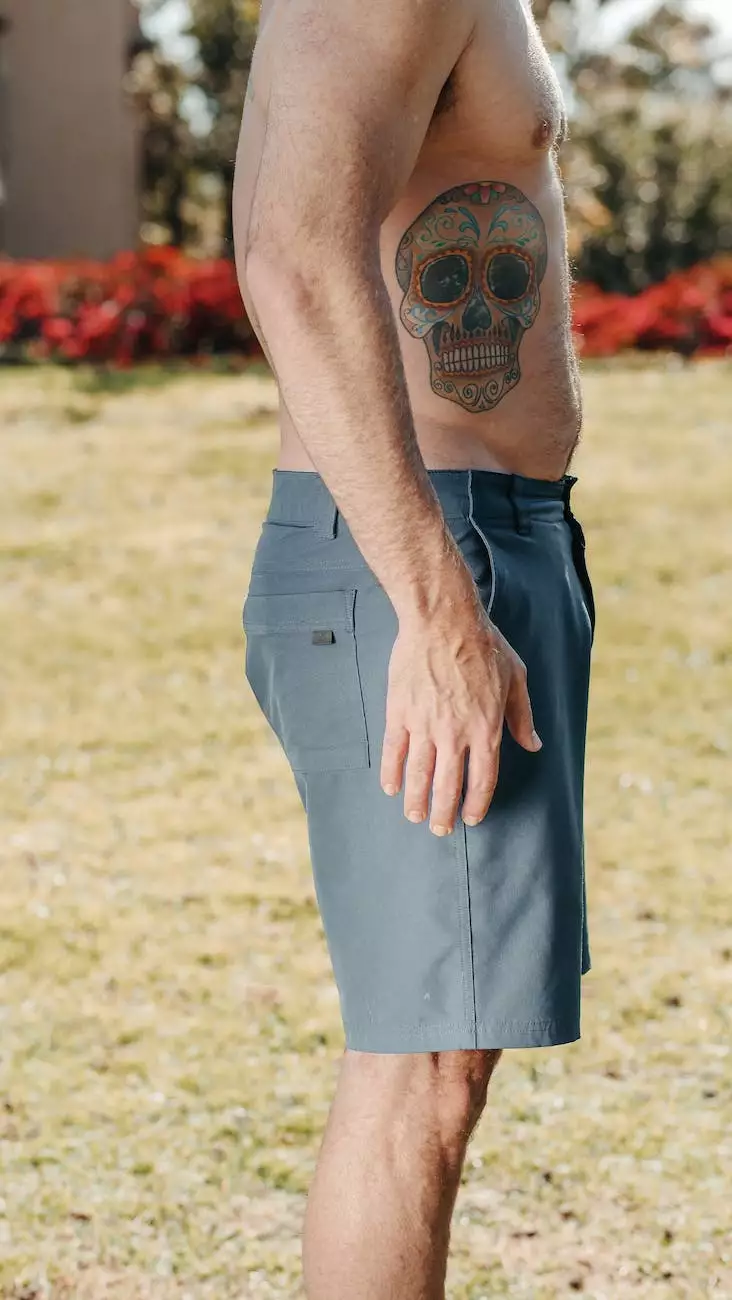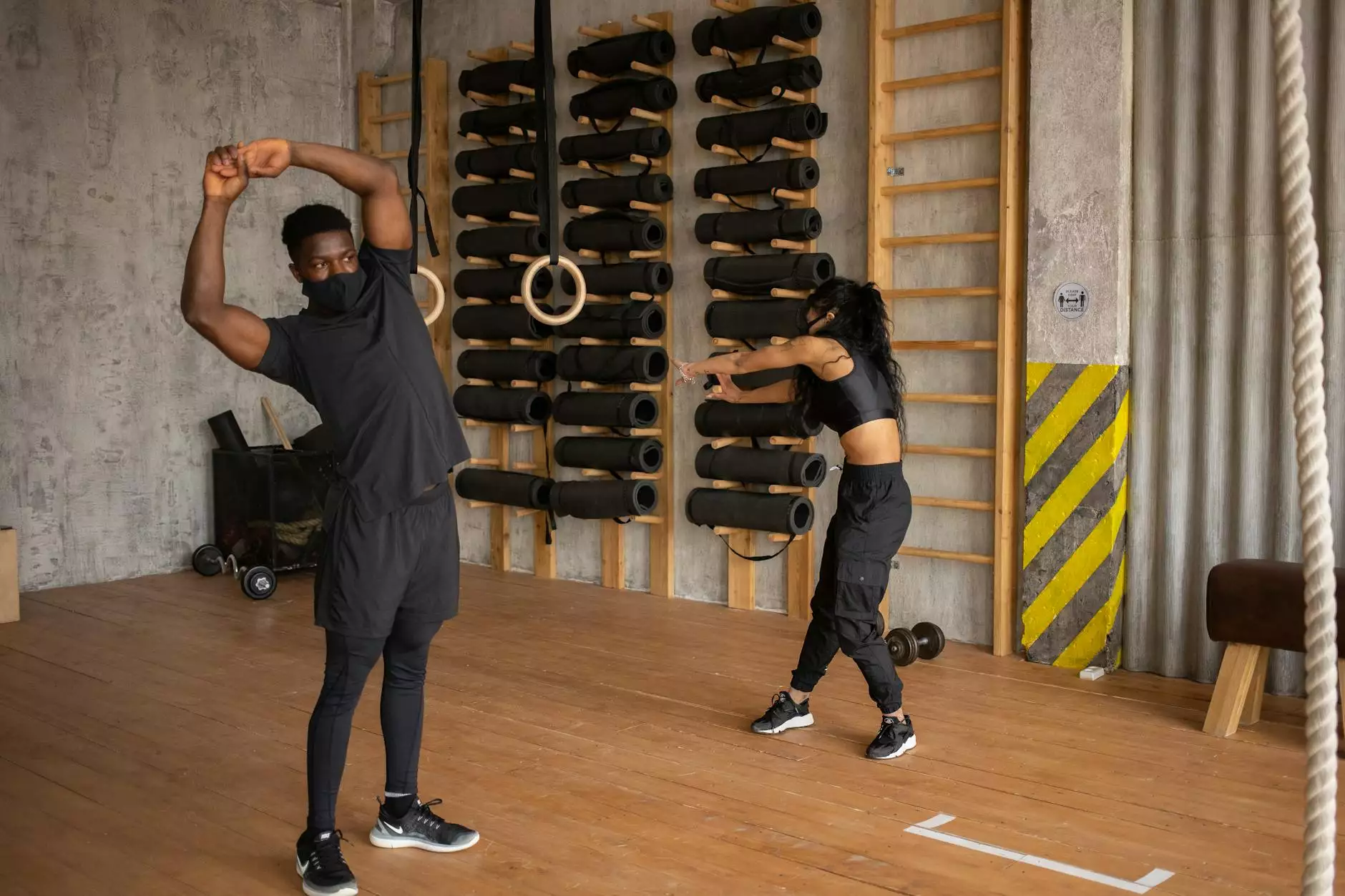Will a rotator cuff tear just go away?
Physical Therapy
In the world of shoulder injuries, rotator cuff tears are one of the most common and debilitating conditions. If you've recently experienced a rotator cuff tear, you may be wondering whether it will heal on its own or require medical intervention. At Thrive Rolfing, we understand the importance of providing accurate information and natural treatment options for individuals seeking alternative and natural solutions to their health concerns.
Understanding rotator cuff tears
A rotator cuff tear occurs when one or more of the tendons in the shoulder's rotator cuff undergoes partial or complete tearing. This can be caused by trauma, repetitive motion, or degenerative changes as we age. It's essential to address this condition promptly to prevent further damage and long-term complications.
Do rotator cuff tears heal on their own?
Unfortunately, rotator cuff tears do not typically heal on their own. Unlike minor strains or sprains that may improve with time and rest, a rotator cuff tear often requires active intervention for proper healing. Without treatment, the tear can worsen over time and lead to chronic pain, limited mobility, and decreased quality of life.
The importance of seeking treatment
While it's tempting to hope that a rotator cuff tear will magically heal without any intervention, seeking professional assistance is vital for optimal recovery. At Thrive Rolfing, our team of experienced practitioners can provide a comprehensive evaluation of your condition and recommend a personalized treatment plan tailored to your specific needs.
Effective treatments for rotator cuff tears
1. Physical therapy: Engaging in targeted exercises and stretches can help strengthen the shoulder muscles and improve flexibility. Physical therapy is a crucial component of rotator cuff tear treatment and can aid in reducing pain and restoring function.
2. Rolfing therapy: Rolfing is a specialized form of bodywork that aims to restructure and realign the body. By focusing on fascial manipulation and postural integration, Rolfing can address imbalances contributing to the development and persistence of a rotator cuff tear.
3. Regenerative therapies: Platelet-rich plasma (PRP) and stem cell therapy are innovative treatment options that promote tissue regeneration and healing. These therapies can accelerate the healing process and improve the chances of a successful recovery.
Preventing rotator cuff tears
While it may not always be possible to prevent a rotator cuff tear, certain measures can minimize the risk of developing this injury:
- Practice proper posture and body mechanics during physical activities
- Warm-up adequately before engaging in sports or exercise
- Avoid repetitive overhead motions whenever possible
- Gradually increase workout intensity and duration
- Strengthen the shoulder muscles through regular exercise
Final thoughts
A rotator cuff tear is a significant injury that requires attention and treatment. While it won't miraculously heal on its own, seeking professional help and exploring alternative and natural treatment options can significantly improve your chances of a successful recovery. At Thrive Rolfing, we are committed to empowering individuals to take control of their health and well-being through comprehensive and personalized care.




